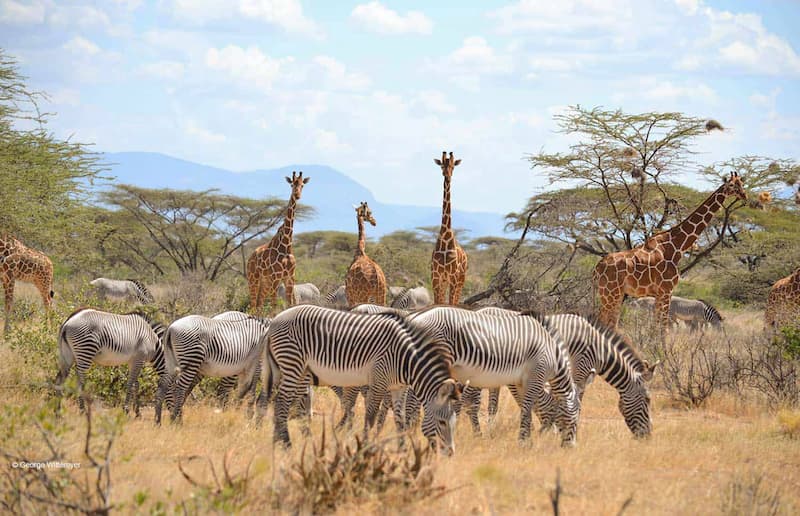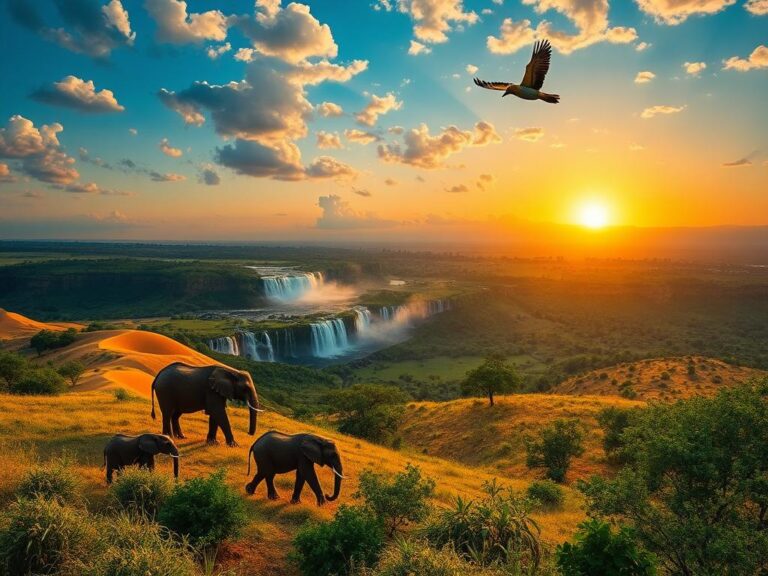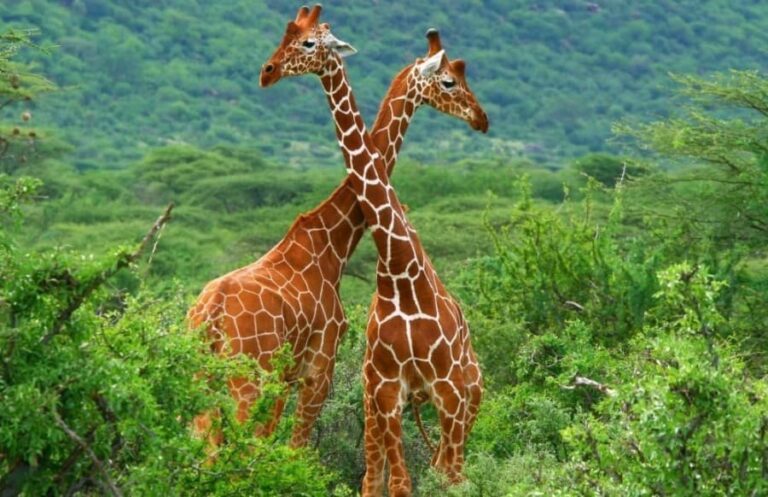
Top Rated African Safaris: Unforgettable Adventures Await in the Wild
Top rated African safaris offer an extraordinary experience for travelers eager to explore the untouched beauty of the continent’s wilderness.
With diverse landscapes, rich biodiversity, and unique wildlife encounters, Africa is home to some of the most iconic safari destinations in the world.
From the Great Migration in Tanzania to the luxurious lodges in South Africa, each safari provides exclusive glimpses into breathtaking ecosystems, culture, and wildlife interactions.
This article will dive into the top rated African safaris you must experience, offer insights into what makes each destination special, highlight wildlife you’ve not only seen but interacted with and share tips for planning your dream trip.
Why Choose an African Safari?
African safaris are unlike any other travel experience. They combine adventure, education, and a deep connection with nature that simply cannot be replicated.
Here’s what makes an African safari so captivating:
- Wildlife Diversity: Africa is home to the Big Five—lion, leopard, elephant, buffalo, and rhinoceros—and numerous other species.
- Stunning Landscapes: From savannahs to wetlands, mountains to deserts, Africa’s diverse environments provide stunning backdrops for your sightings.
- Cultural Experiences: Many safaris offer opportunities to engage with local communities and learn about their cultures and traditions.
- Adventure Activities: Besides traditional game drives, you can partake in walking safaris, river safaris, and even hot air balloon rides.
According to the World Tourism Organization, over 10 million tourists visit Africa annually, with safaris being a significant part of the travel experience.
Serengeti National Park, Tanzania
The Serengeti National Park is iconic for its incredible wildlife and breathtaking scenery. It is synonymous with the Great Migration, where millions of wildebeests and zebras traverse the plains in search of greener pastures.
This park is expansive, covering over 5,700 square miles, offering visitors a chance to witness an astounding variety of wildlife, including predators such as lions and cheetahs.
Best time to visit: The Migration peaks from July to October when you can see the wildebeests cross the Mara River.
Maasai Mara National Reserve, Kenya
Adjacent to the Serengeti, Kenya’s Maasai Mara National Reserve is famous for its big cat population and stunning savannah landscapes.
Here, tourists can experience thrilling game drives and participate in cultural visits to local Maasai villages, enriching their safari experience with insight into the heritage of this remarkable tribe.
An unforgettable highlight of the Mara is the opportunity to witness the Great Migration as wildebeests make their way south every year.
Kruger National Park, South Africa
Known for being one of Africa’s largest game reserves, Kruger National Park is the epitome of safari adventures.
With rich biodiversity, visitors here can see the Big Five and enjoy some of the finest lodge accommodations available, making luxury and wilderness experiences accessible.
The park spans nearly 8,000 square miles, hosting various ecosystems that are easy to navigate through a network of roads and trails.
Chobe National Park, Botswana
Chobe National Park is another top-rated destination, famous for its large elephant populations.
The park boasts distinct ecosystems, including floodplains, woodlands, and savannahs, providing ample opportunities to see wildlife both on land and in water.
Visitors often opt for river safaris, offering an intimate view of the elephants as they come to drink, creating perfect photo opportunities.
Okavango Delta, Botswana
The Okavango Delta is a UNESCO World Heritage site and a true gem for safari enthusiasts.
With its unique inland delta ecosystem, the Delta offers fascinating biodiversity.
Exploring the waterways by traditional mokoro (canoe) allows for close encounters with elephants, hippos, and numerous bird species.
Etosha National Park, Namibia
Etosha National Park is renowned for its salt pans, which serve as unique wildlife observatories.
The park enables visitors to witness animals gathering at watering holes during dawn and dusk, creating magical moments for photography.
Its distinctive landscapes make it a perfect setting for exploring wildlife in their natural habitats.
Ngorongoro Crater, Tanzania
The Ngorongoro Crater is one of the world’s most stunning geological sites, formed millions of years ago.
This UNESCO World Heritage site is home to a rich diversity of wildlife, including the endangered black rhino.
Visitors can descend the crater floor for an unforgettable safari experience surrounded by nearly 25,000 animals.
Planning Your Safari: Tips and Considerations
When planning your top rated African safari experience, consider the following:
- Best Time to Visit: Timing is crucial; research the migration patterns and peak seasons for the region you wish to visit.
- Know What You Want: Do you want luxurious lodges, camping experiences, or a mix of both? Your accommodation style impacts your safari experience.
- Pack Accordingly: Comfort is key! Bring neutral-colored clothing, binoculars, a camera, and sunscreen.
- Health Precautions: Check vaccination requirements and bring necessary medications before traveling.
- Guided Tours vs. Self-Drive: Decide between joining a guided tour with expert guides or taking the wheel yourself for a more independent adventure.
Each of these factors contributes to creating a memorable safari experience that aligns with your personal preferences.
Conclusion
Top rated African safaris present some of the most enriching travel experiences available.
Whether witnessing the Great Migration in Tanzania or exploring the wildlife-laden landscapes of Kruger National Park, the memories made on a safari are priceless.
By understanding what makes each park unique and planning accordingly, anyone can embark on a journey that promises to connect them to Africa’s wild heart.
FAQ
What is the best time to go on an African safari?
The best time to go on an African safari largely depends on the region and the specific wildlife behaviors you want to observe.
Many people prefer the dry season from May to October, as wildlife congregates around water sources, making them easier to spot.
Are safaris safe?
Yes, safaris are generally safe when conducted through reputable tour operators.
Guides are well-trained in safety protocols, and tourists are often informed on how to conduct themselves in the presence of wildlife.
What should I wear on safari?
Wear lightweight, breathable clothing in neutral colors to blend in with the environment.
Don’t forget essentials like sun protection, comfortable shoes, and a hat to protect yourself from the sun.
Can I go on a safari with children?
Absolutely! Many lodges and reserves cater to families.
However, it’s best to check age restrictions and activity availability before booking.
How do I choose the right safari company?
Research companies thoroughly by reading reviews, comparing packages, and ensuring they offer the experiences and accommodations you desire.
Look for operators with strong conservation and ethical practices for a responsible safari experience.
Embrace the wild dreams of Africa by embarking on an adventure of a lifetime.
Whether you’re captivated by the landscapes, the wildlife, or the unique cultures, the best of Africa waits for you in the heart of the wilderness.


